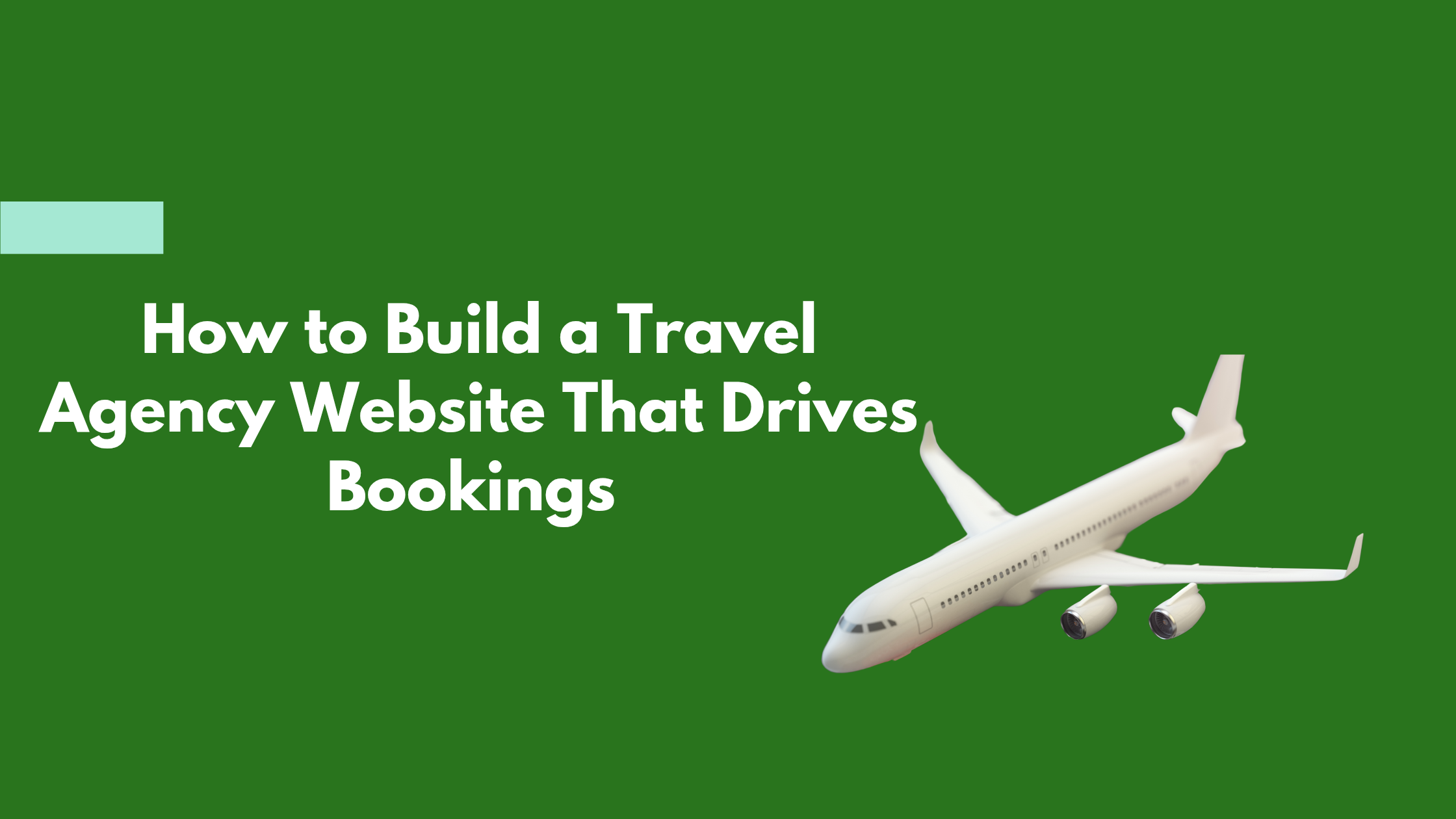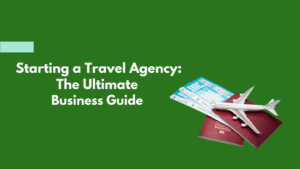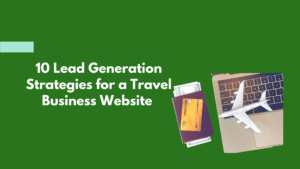If you’re running a travel agency, your website isn’t just an online brochure, it’s your booking engine, your marketing powerhouse, and your biggest sales tool. A well-built travel agency website does more than showcase destinations; it convinces visitors to book a trip with you.
But let’s be real, many travel agency websites fail at this. Either they’re confusing to navigate, painfully slow, or lack the trust factors that make people feel comfortable handing over their hard-earned money.
So, to know how to build a high-converting travel agency website that turns visitors into paying customers? That’s what we’re diving into today. Whether you’re starting from scratch or improving an existing site, this guide will walk you through every element you need to create a website that drives bookings.
Table of Contents
Understand Your Target Audience
Before you start designing your website, you need to understand who you’re designing it for. Different travelers have different needs, and your website should reflect that.
Are you catering to luxury travelers who expect high-end experiences? Budget-conscious backpackers looking for the best deals? Business professionals who need seamless travel planning?
When you know your audience, you can craft a website experience that speaks directly to them. That means using images, language, and offers that resonate with their travel goals.
For example, if you target families, your website should highlight kid-friendly destinations, safety tips, and flexible booking options. If adventure travelers are your focus, your content should be packed with action shots, adrenaline-filled trip descriptions, and testimonials from fellow thrill-seekers.
A travel agency website that feels personalized and relevant will always convert better than a generic one.
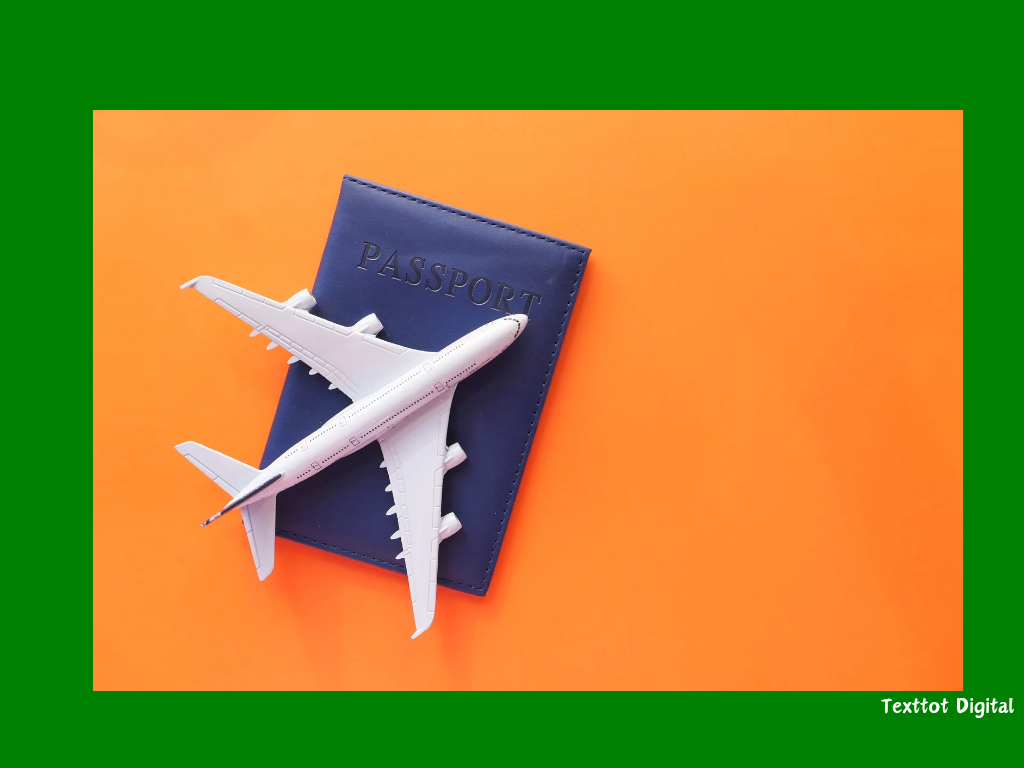
Choose the Right Travel Agency Website Design
First impressions matter. When a visitor lands on your site, you have mere seconds to grab their attention. A cluttered, outdated, or slow website will drive people away before they even explore your offerings.
Your travel agency services website design should be visually stunning yet functional. A clean, intuitive layout keeps visitors engaged, while high-quality images transport them into the travel experience before they even book.
Use a color scheme that reflects your brand while evoking excitement and wanderlust. If your agency specializes in tropical getaways, vibrant blues and warm golds can reinforce the feeling of a sunny escape.
Beyond aesthetics, your site needs to be user-friendly. A simple, well-structured navigation menu helps visitors find information quickly. Pages should load fast because nothing kills conversions like a slow website.
And most importantly, your site must be mobile-friendly. With more travelers booking trips from their phones, a website that doesn’t function smoothly on mobile is leaving money on the table.

Create Compelling Calls-to-Action (CTAs)
A beautiful website is useless if it doesn’t guide visitors toward taking action. That’s where strong CTAs come in. You need clear, persuasive buttons that encourage users to book a trip, request a quote, or contact you for more details.
The key to effective CTAs is clarity. Instead of vague buttons like “Learn More” or “Submit,” use action-driven phrases such as “Book Your Dream Vacation Now” or “Plan Your Next Getaway Today.” Placement matters too.
Your most important CTAs should be visible without scrolling, but they should also appear throughout the site; on package pages, in blog posts, and even within testimonials.
A/B testing different CTAs can also help you determine what works best. Small tweaks in wording or color can make a big difference in conversion rates.
Optimize Your Booking System for Easy Conversion
If your booking process is complicated, people will abandon it. The easier it is to book with you, the more reservations you’ll secure.
A streamlined booking system eliminates unnecessary steps. Require only the essential details upfront, and let users complete additional preferences later. Multiple payment options increase convenience, while a secure checkout reassures customers that their transactions are safe.
Automated confirmation emails should follow immediately after a booking. These emails should include trip details, next steps, and a friendly reminder that your team is available for any questions. When people feel taken care of, they’re more likely to complete their travel plans with you.
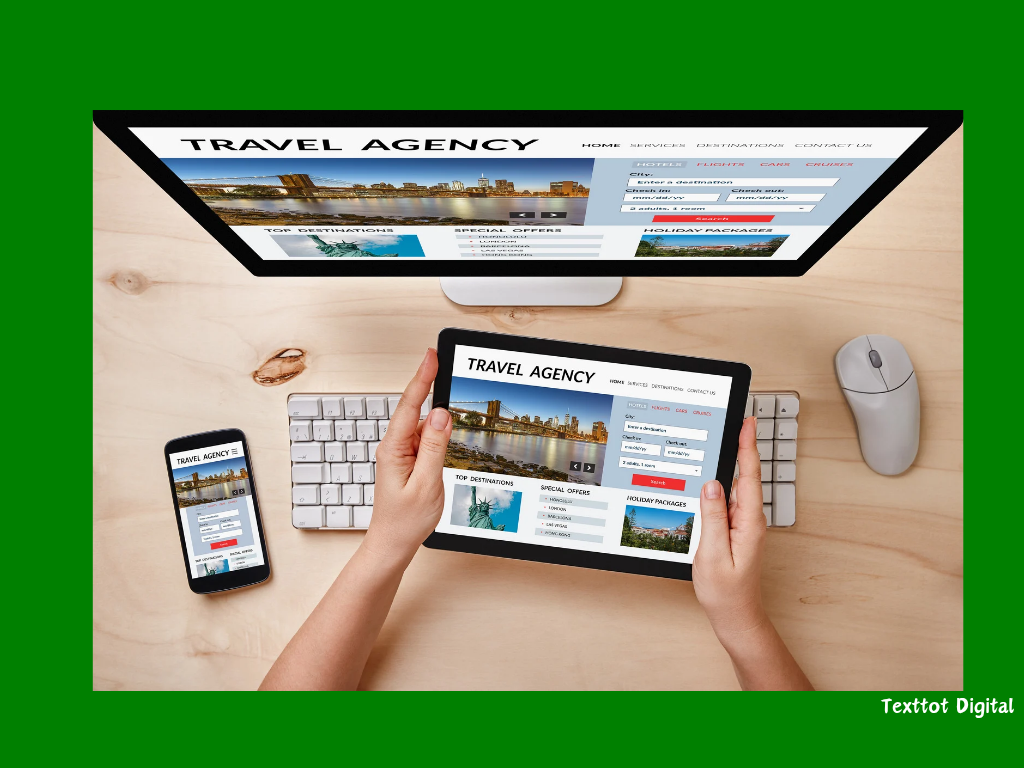
Showcase Your Services and Packages Effectively
Your website visitors want to know what you offer, but they don’t want to dig through walls of text to find it. Your travel packages should be displayed in a way that’s visually appealing, easy to understand, and exciting.
Each package should have high-quality images, detailed descriptions, and pricing transparency. Instead of just listing what’s included, paint a picture of the experience. Instead of saying, “Includes a city tour,” describe it: “Stroll through the charming streets of Paris, stopping at iconic landmarks like the Eiffel Tower and the Louvre.”
Adding urgency can also increase conversions. Highlight limited-time offers, showcase real-time bookings– like “5 people just booked this trip!” or display countdown timers for special deals.
Build Trust with Social Proof and Testimonials
Travelers need to trust you before they book. Social proof like reviews, testimonials, and user-generated content can significantly impact their decision.
Showcase glowing testimonials from satisfied customers right on your homepage and package pages. Include real names and photos when possible, as this adds authenticity. If you’ve been featured in travel magazines or have industry certifications, display those badges prominently.
Another way to build trust is through social media integration. A live feed displaying your latest Instagram posts or a section for customer-submitted travel photos can create a sense of community and engagement.
Focus on SEO to Drive Organic Traffic
Knowing how to build a high-converting travel agency website is important and that’s where SEO comes in. When potential customers search for travel services, you want your site to show up at the top of search results.
Start by optimizing your pages with the right keywords. Terms like “how to make a website for travel agency services” and “website for travel agency business” should appear naturally in your content. Blog posts about travel tips, destination guides, and booking hacks can attract visitors and position your brand as an authority.
Local SEO also plays a crucial role. If your agency has a physical location, optimize for local searches by including your city and region in page titles and descriptions. Google My Business listings help you appear in local map searches, bringing in nearby travelers who are ready to book.
Provide Valuable Content for Visitors
Your website shouldn’t just be a place where people book trips, it should also be a resource. Content marketing helps build credibility while keeping visitors engaged.
A travel blog packed with expert advice, destination guides, and travel hacks not only boosts SEO but also keeps potential customers coming back. People love reading about insider tips before booking a trip, and if your website provides that value, they’ll be more inclined to trust your services.
Video content is another powerful tool. Virtual tours, customer testimonials, and behind-the-scenes looks at travel experiences can increase engagement and keep visitors on your site longer.
Optimize for Mobile Devices
More than half of all travel bookings now happen on mobile devices. If your website isn’t mobile-friendly, you’re losing customers.
Your site should load quickly, have buttons that are easy to tap, and display content in a way that’s readable on smaller screens. Test your booking process on different devices to ensure a seamless experience.
Monitor, Test, and Improve for Ongoing Success
A high-converting website isn’t built overnight, it’s a process of constant improvement. Use tools like Google Analytics to track visitor behavior. If people drop off before completing a booking, identify where they’re getting stuck and fix it.
A/B testing different layouts, CTAs, and offers can also provide valuable insights. Small tweaks, like changing the color of a button or adjusting the placement of a testimonial, can lead to significant improvements in conversion rates.
Ready to Build a Website That Converts?
The process of understanding how to build a high-converting travel agency website doesn’t just happen, it’s designed with strategy, user experience, and marketing in mind. If you want a website that drives bookings, you need the right team behind you.
At Texttot Digital, we specialize in travel agency services website design, ensuring that your site not only looks stunning but also converts visitors into customers. Let’s create a travel agency website that works for you. Contact us today to get started!
